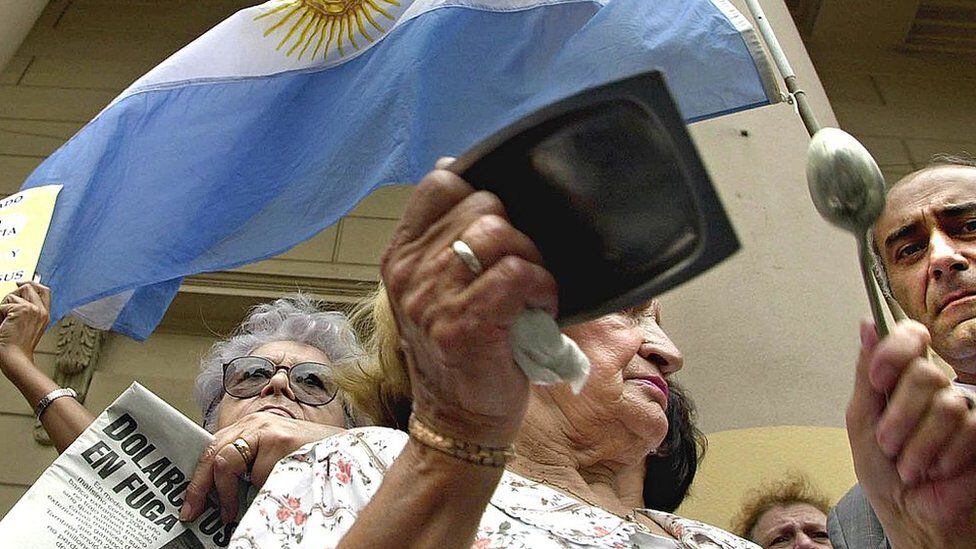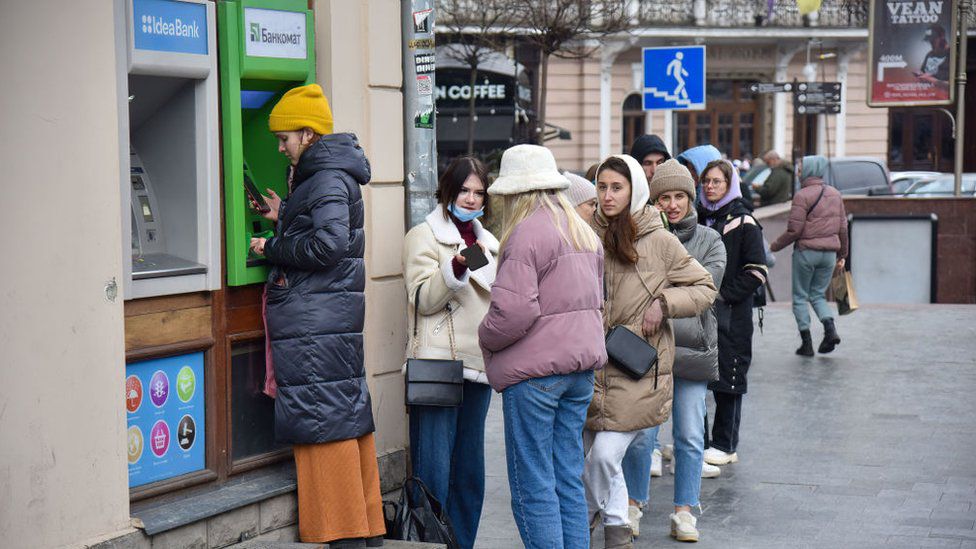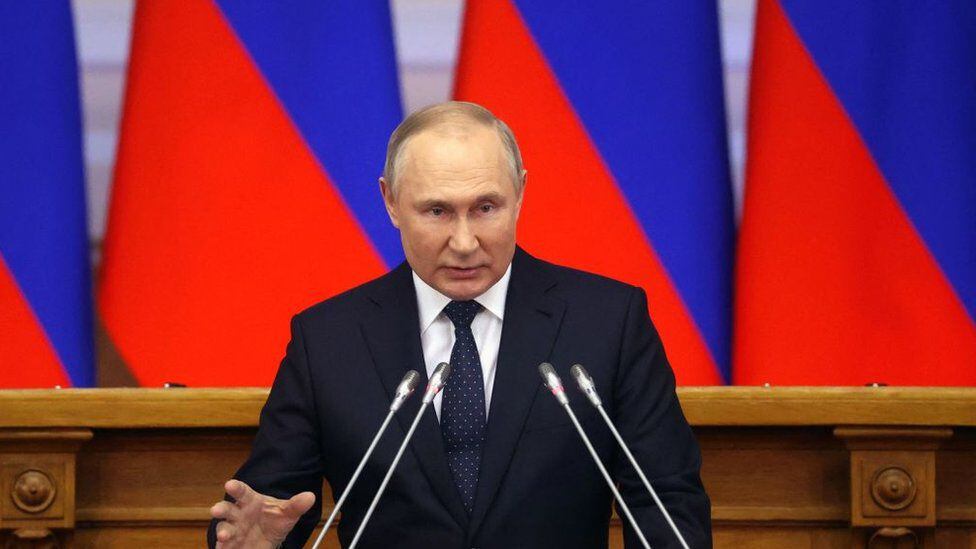Against all odds, the currency russian it has become the world’s best performing currency against the dollar so far this year, even outperforming the Brazilian real.
They have not even been able to stop their rise quickest and toughest economic sanctions in history imposed by the West in response to the invasion of Ukraine.
LOOK: 5 maps and graphs that show how the war between Russia and Ukraine has evolved in 3 months
Just two months after the value of the ruble fell sharply to less than one US cent, the coin took a surprising turn.
If on March 7 it hit historical lows at 0.007 rubles per dollar, so far this year the Russian currency has appreciated by approximately 15% against the US currency and is trading around 0.016.
The key, experts say, has been the tight capital controls imposed by the Kremlin that left, when the war with Ukraine began, images of the population queuing at ATMs.
The ban on its citizens selling rubles to buy foreign currencies was described by the US Secretary of State, Antony Blinken, as currency manipulation.
These controls served to freeze much of Russia’s foreign exchange reserves at a time when you most need these resources, both for compensate for the exodus of investments and enough capital to finance the military invasion of Ukraine, which was longer than expected.

The case of Turkey or Argentina
What is unexpected about this recovery is that other countries, such as Turkey or Argentina, which were forced to impose similar measures, not only did not achieve the same results as Russia, but both both the lira and the peso experienced disastrous consequences.
Both currencies hit historic lows and still they struggle to recover.
In its emergency action immediately after learning of the international punishment, the Kremlin began to adopt measures unknown to generations that did not live through the time of the Soviet Union.
“The Russian central bank was forced to dramatically increase interest rates and increase capital controls in response to Western sanctions,” Ben Laidler, global markets strategist at the eToro investment platform, told BBC Mundo.
“Interest rates more than doubled to 20%. Russian exporters were forced to convert 80% of their foreign income into rubles, and people were limited in terms of how much they could transfer abroad,” he adds.

And it is that one of the largest and most impactful sanctions on Russia was freezing your foreign accounts.
Another measure to defend your currency was to require the countries of the European Union that buy natural gas to pay their bills in rubles, instead of dollars or euros.
Strategic retaliation against Europe
European countries are heavily dependent on Russian gas, and despite plans to seek alternative sources of energy, the European Union’s project to stop sourcing from Russia will take years to complete.
Germany, one of the largest clients of the Russian state gas company Gazprom, has already agreed to pay in rubles along with other large European buyers.
“Russia’s decision is a strategic retaliation against the EU, leveraging its power as Europe’s main supplier of natural gas. The Old Continent received about 40% of its gas from Russia before the Ukraine war,” explains Levon Kameryan, senior analyst at Scope Ratings.
Lastly, the higher commodity prices They have also helped a lot.
More expensive oil means that Russia’s customers will now have to pay more dollars for each barrel and therefore they will need more rubles.

short term solutions
However, experts point out that the three factors – tight capital controls, higher interest rates and higher commodity prices – have only succeeded in slowing down what it will be a “dismal” year for the Russian economy.
“The rapid rise of the ruble is a problem for exporters and some domestic producers, adding to the pressure of sanctions. It also means less revenue for the budget,” says Scott Johnson, an economist who covers Russia for Bloomberg Economics.
But Can the rebound in the ruble be seen as a barometer for whether Western sanctions are working?
For Johnson “from outside Russia it is tempting to see the rebound in the ruble as a sign that the sanctions are not having the desired effect. But that is not entirely correct.”
“The appreciation has been largely driven by the mandatory conversion of export earnings and other capital controls, which limits the flow of cash from abroad,” he explains.
“The ruble paints an accurate picture of the balance of payments, but not of the underlying economy, where the outlook is dimmer“, it states.
Laidler thinks along the same lines.
“The ruble rally may now be over. The strength of the currency made Russian exports were less competitive and tighter US sanctions have increased the chances of a debt default.”
Source: Elcomercio

:quality(75)/cloudfront-us-east-1.images.arcpublishing.com/elcomercio/GE3TAOJNGA2S2MZRKQYDAORRG4.jpg)

:quality(75)/cloudfront-us-east-1.images.arcpublishing.com/elcomercio/6T5VR63ZIVHVHIZXGIZCSUVBCM.jpg)
:quality(75)/cloudfront-us-east-1.images.arcpublishing.com/elcomercio/P2B57PSHKJEEBJLORNQWBBNW2E.jpg)
:quality(75)/cloudfront-us-east-1.images.arcpublishing.com/elcomercio/XZDZYMH6IVC5PM755WVEKDFUWI.png)
:quality(75)/cloudfront-us-east-1.images.arcpublishing.com/elcomercio/GQN7YLEDZ5EGXBDIIJ7H7LYMK4.jpg)
